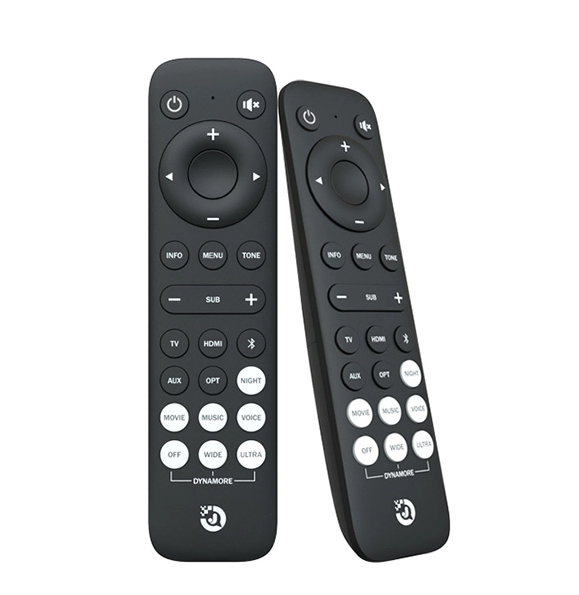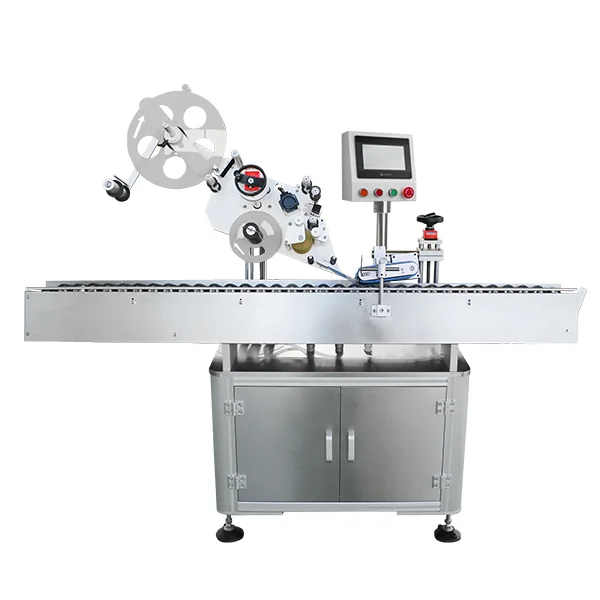When it comes to electrical safety, knowing whether electric wires are live is crucial for both professionals and DIY enthusiasts. Working with live wires poses significant risks, including electric shock, fire hazards, and equipment damage. This article delves into the various methods and tools available to check if electric wires are live, ensuring that you can work safely and effectively.
Understanding the Importance of Checking Live Wires
Before we dive into the methods of checking live wires, it’s essential to understand why this practice is vital. Electric wires can carry high voltage, and accidental contact with live wires can lead to severe injuries or fatalities. Additionally, faulty wiring can cause electrical fires, making it imperative to ascertain the status of electrical circuits before commencing any work.
Tools Required for Checking Live Wires
To accurately determine if electric wires are live, you will need specific tools. Here are some of the most common and effective instruments:
- Multimeter: A versatile tool that measures voltage, current, and resistance. It can help you determine if a wire is live by measuring the voltage present.
- Non-Contact Voltage Tester: This tool detects the presence of voltage without direct contact with the wire. It is user-friendly and ideal for quick checks.
- Test Light: A simple device that lights up when connected to a live wire. It’s an effective tool for basic checks.
- Clamp Meter: This tool measures the current flowing through a wire without needing to disconnect it. It’s particularly useful for checking live wires in a circuit.
Step-by-Step Guide to Checking if Electric Wires are Live
- Safety First: Prepare Your Workspace
Before you begin, ensure that you are wearing appropriate personal protective equipment (PPE), such as insulated gloves and safety goggles. Clear the area of any flammable materials and ensure that you have a clear escape route in case of an emergency.
- Using a Non-Contact Voltage Tester
- Step 1: Turn on the non-contact voltage tester.
- Step 2: Hold the tester near the wire without touching it.
- Step 3: Observe the indicator light or sound. If it activates, the wire is live. If not, proceed to the next method.
- Using a Multimeter
- Step 1: Set the multimeter to the AC voltage setting.
- Step 2: Insert the black probe into the COM port and the red probe into the VΩma port.
- Step 3: Carefully touch the black probe to a ground point and the red probe to the wire in question.
- Step 4: Read the display. A voltage reading indicates that the wire is live.
- Using a Test Light
- Step 1: Connect the test light’s clip to a ground point.
- Step 2: Touch the probe to the wire.
- Step 3: If the light illuminates, the wire is live.
- Using a Clamp Meter
- Step 1: Set the clamp meter to measure AC current.
- Step 2: Open the clamp and place it around the wire.
- Step 3: Close the clamp and read the display. A current reading indicates that the wire is live.
Additional Considerations
- Check for Grounding: Ensure that your tools are grounded properly to avoid false readings.
- Inspect Wiring: Look for any visible signs of damage or wear on the wires before testing.
- Consult a Professional: If you are unsure or uncomfortable with checking live wires, it’s best to consult a licensed electrician.
Conclusion
Checking if electric wires are live is a fundamental skill that enhances safety in any electrical work. By utilizing the right tools and following the proper procedures, you can minimize risks and ensure a safe working environment. Remember, when in doubt, always prioritize safety and seek professional assistance. Your well-being is paramount, and understanding how to check for live wires is a critical step in safeguarding yourself and your surroundings.



